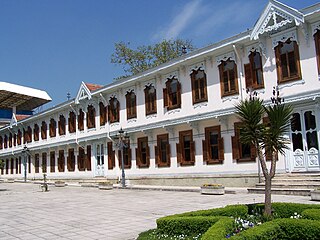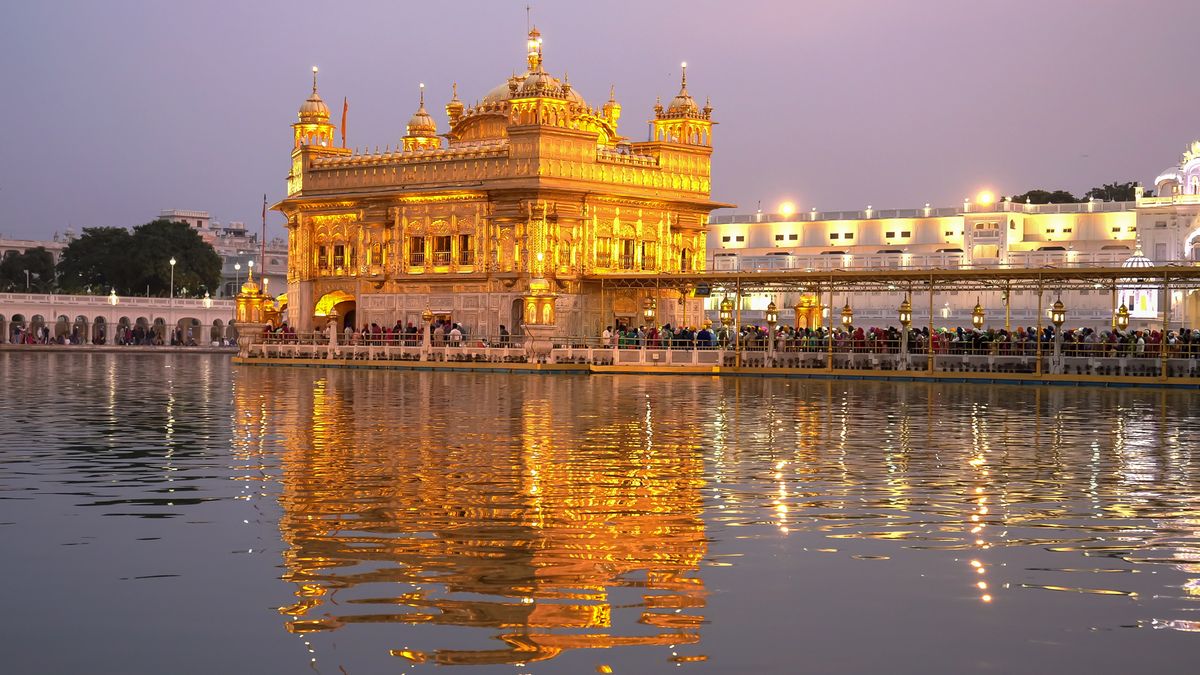See all Gardens in Istanbul
Yildiz Palace and Park (Yildiz Sarayi ve Parki)
Yildiz Park (entrance via Barbaros Bulv., Besiktas or opposite the Çiragan Palace) Phone: Not AvailableAbout
Yildiz was one of the last residences of the Ottoman sultans, established by Selim III for his mother at the end of the 18th century. Over the years, the grounds sprouted a small colony of satellite buildings and kiosks, each one built by a different master. The result is a collection of different architectural styles sparsely scattered around the expansive grounds of Yildiz Park. In 1877, after two coup attempts, Abdülhamid II moved his residence up the hill to the more secure and secluded Yildiz from Dolmabahçe. He quickly set about opening the palace grounds to the Royal Garden, a small grove that was connected to the Ciragan Palace by a marble and stone bridge over the main road. He ordered the landscaping of the property, requesting rare flowers, plants, and trees from all over the world and having them set around fountains and pools to create a magical setting for the tulip festivities popular at the time. Today the collection of kiosks and pavilions spot the hillside landscape overlooking the Bosphorus, and the park has become a popular weekend getaway for city folk in pursuit of green surroundings. The wooded nooks and crannies also provide cover for what has infamously become known as (at least by me) lover's lane: The park provides an unexpected and paradoxical picture of a conservative Islamic makeout session. Probably the most beautiful structure on the property is the Sale Köskü, a wood and masonry house (or chalet), with two additional wings constructed to accommodate two separate state visits by Wilhelm II, the Emperor of Germany. Later, the house was used by other foreign dignitaries, including Charles de Gaulle. The Sale Köskü is one of the few buildings offering guided tours to the public which leave as often (or as infrequently) as necessary, as the guides are loathe to walk singles through the old and empty hallways. Although Yildiz Palace is in need of some TLC (a new coat of paint, a good dusting, and maybe some carpet cleaner), there are a couple of noteworthy highlights. Probably the most impressive of the interior private spaces is the Grand Ceremonial Hall, once lit by three enormous French crystal chandeliers and six towering red-tinted Bohemian crystal floor lamps. A single, custom-made Hereke carpet covers an area of 406 sq. m (4,370 sq. ft.) and weighs a total of 7,500kg (16,535 lb.). Also worth looking out for are the stunning pieces of handiwork that are the numerous china and porcelain floor-to-ceiling wood-burning stoves, and a dining set hand carved and inlaid with mother of pearl by Abdülhamid himself. Abdülhamid was passionate over his hobby of woodworking and had a carpentry workshop built close to the palace. The Malta Köskü, perched atop a steep hill, is where Murad V and his mother, as well as Midhat Pasa were imprisoned, the latter being tortured in the basement of the nearby Çadir Köskü. When it wasn't serving as a penitentiary, the Malta Köskü hosted state receptions. It is now a restaurant with trellised terrace overlooking the park toward the Bosphorus. If you're arriving by taxi, have the driver drop you off at the Sale Köskü or the Malta Köskü to save yourself the long hike uphill through the park.






